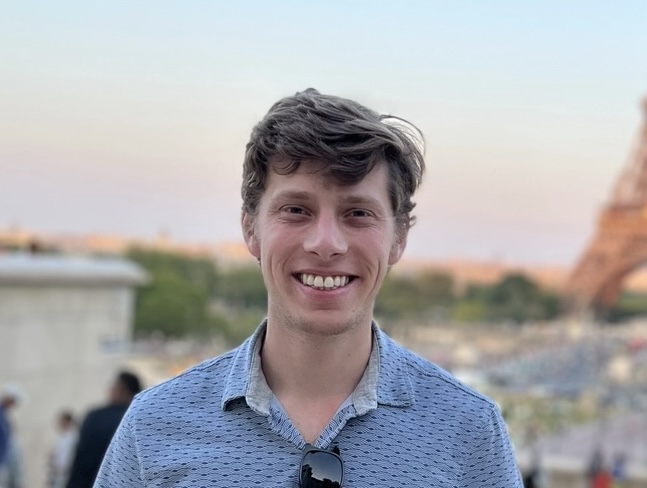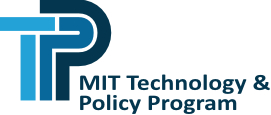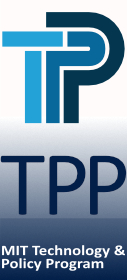
Steel, Policy, and Climate
TPP alumnus Chris Colcord SM ’25 is a mechanical engineer with a long-standing interest in climate and energy. During his time in TPP, Chris worked with the Center for Energy and Environmental Policy Research (CEEPR) where he researched industrial decarbonization of steelmaking as a member of the Roosevelt Project team. He authored Chapter 6 of the CEEPR report, “Iron and Steel Decarbonization by 2050: An Opportunity for Workers and Communities,” exploring the complex relationships among industrial, trade, and climate policy.
You received a TPP Thesis Award this year. What was the focus of your TPP thesis research? What sort of knowledge and disciplines did it bring together? How can it make an impact?
My thesis focuses on electric arc furnace (EAF) steelmaking—a production pathway that accounts for roughly 70% of US-made steel. EAF steelmaking emits tens of millions of metric tons of carbon dioxide every year in the US. I was interested in the following question: how can steelmakers reduce carbon dioxide emissions without increasing production costs? To address this question, I built a model that ties together the engineering and economics of EAF operation to inform organizational and policy interventions for decarbonization. Ultimately, I found that there are opportunities to reduce emissions and costs through energy efficiency and carbon-free electricity procurement. My hope is that EAF producers will pursue these “win-win” opportunities in the near term—assisted by federal and state policies—to make climate progress in this difficult-to-abate sector.
Why did you choose to come to TPP?
After getting my bachelor’s in mechanical engineering, I worked for nearly three years for an engineering firm designing heating and cooling systems for homes in New England. Though I had the opportunity to work on some very cool projects, I had the nagging feeling that engineering knowledge alone was not sufficient for solving society’s biggest problems (such as climate change). I applied to a handful of master’s programs with the goal of learning something about economics or public policy. I feel incredibly fortunate to have landed at TPP, where I have had the opportunity not only to gain a new understanding of both fields, but also to contribute to meaningful research in one of the best technical universities in the world.
What are you doing next? How did TPP help shape your future plans?
I’m joining the French utility company, Électricité de France (EDF), to do research on industrial electricity consumption for their Innovation Lab in Palo Alto. TPP gave me the flexibility to explore the topics that truly interested me. The watershed moment for me was taking an IDSS course called “Engineering, Economics, and Regulation of Electric Power.” I became fascinated with the electricity sector—a sector where policy, technology, and economics are so deeply intertwined, and one of the most exciting frontiers for the energy transition. I’m thrilled that my future work with EDF will build off the work that I’ve done as a research assistant at TPP.
What was your favorite thing about being a part of the TPP, MIT, or Boston/Cambridge communities?
The people of TPP have easily been the best part of my experience at MIT. TPPers are an incredibly unique group, and I feel I’ve made lifelong friends even in my short time here. Some of the highlights for me have been spending time together at our annual Inter-Year Retreat, “un-learning” engineering in IDS.411, hanging out in the TPP lounge or the Muddy, and hosting our many TPP house crawls. I consider myself so lucky to have been surrounded by the best and brightest in energy and climate, AI and cybersecurity, aeronautics and astronautics, and many other disciplines. I also must give a shoutout to the TPP staff, who made this journey possible for all of us!



